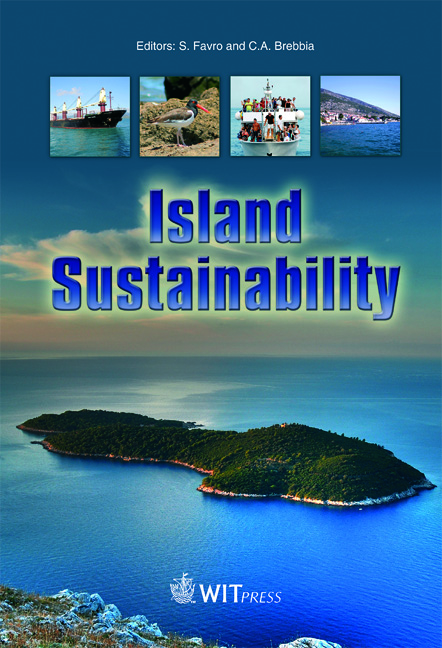3-D Process Modelling Of Ancient Storm-dominated Deposits By An Event-based Approach
Price
Free (open access)
Transaction
Volume
130
Pages
12
Page Range
171 - 182
Published
2010
Size
1,207 kb
Paper DOI
10.2495/ISLANDS100151
Copyright
WIT Press
Author(s)
L. Laigle, P. Joseph, G. de Marsily & S. Violette
Abstract
The characterization of porosity and permeability heterogeneities in sedimentary rocks is of primary importance for the understanding of fluid flows. These heterogeneities are directly linked to the nature and geometry of the sediment deposits which were created during a time span ranging from tens to hundreds of thousands of years. An ability to model numerically the physical processes that explain the present-day distribution and architecture of reservoir rocks is a major advantage. A numerical model was developed to simulate erosion, transport and deposition of sediments along marine clastic coasts, from the foreshore to the offshore environment. It is based on the assumption that the preserved heterogeneities are mainly the result of the succession of fair-weather periods and exceptional events (storms and/or fluvial floods). This model is designed for 3-D characterisation of deposits generated by storms. The transport module accounts for the impact of two unidirectional currents: 1/ a strong return current originated by the coastal surge due to water pushed by the wind and 2/ a littoral drift current caused by an energy transfer during wave surfing near the shore. These currents interact at the sea bottom with wave-induced oscillatory currents and are responsible for sea floor erosion and particle matter mobilisation. Between storm events, fair-weather deposits are modelled through an average deposition process. After a synthetic case, the storm modelling module is calibrated to a present-day environment in the Gulf of Lions (France). By allowing us to focus on heterogeneity distribution, this innovative approach gives promising prospects to help in assigning to geological models realistic petrophysical properties. Keywords: coastal environment, event-and-process-based modelling, downwelling, littoral current, sediment transport, heterogeneities, reservoir, Gulf of Lions.
Keywords
coastal environment, event-and-process-based modelling, downwelling, littoral current, sediment transport, heterogeneities, reservoir, Gulf of Lions





